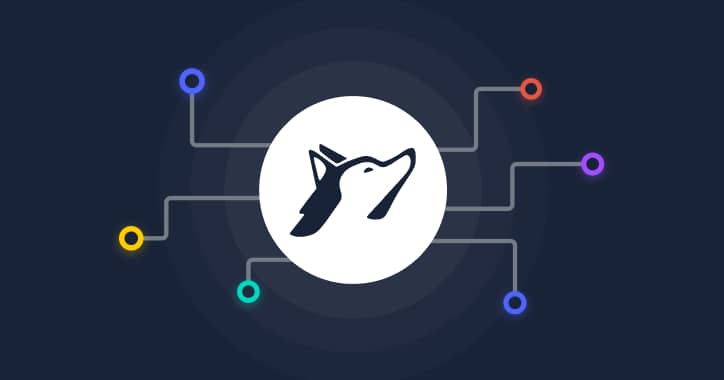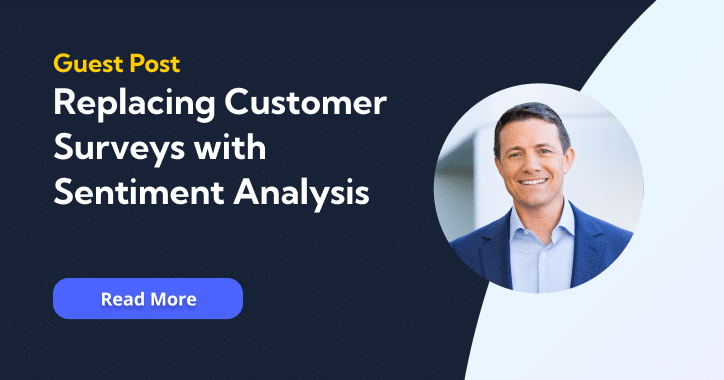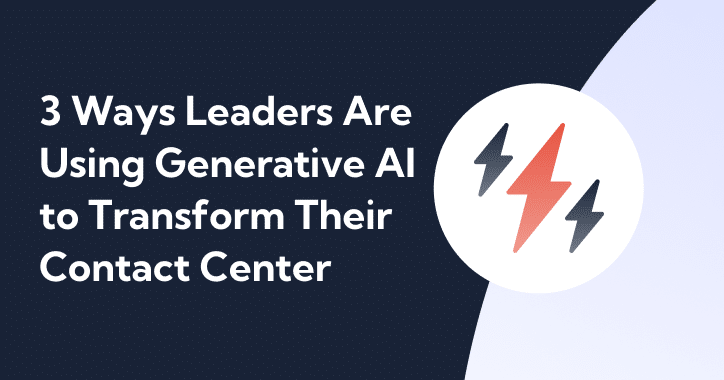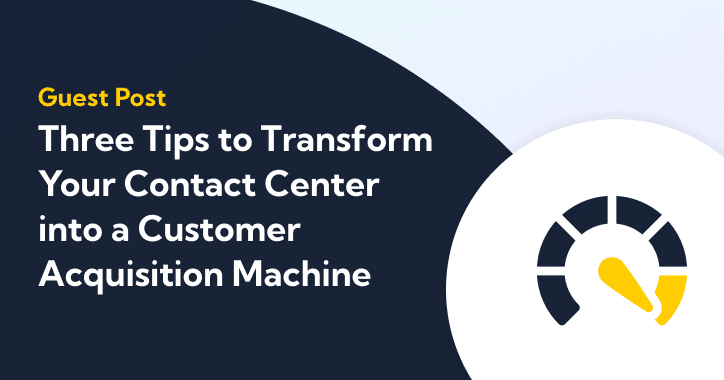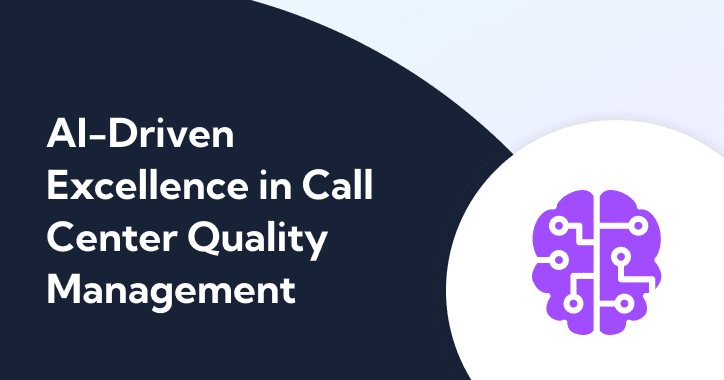When it comes to healthcare contact centers, automation is far from new. From the basic switchboard that was patented in 1891 to the automatic call distributor (ACD) algorithm introduced in 1950, the creation and application of artificial intelligence (AI) to autonomously control call distribution has made the modern contact center possible.
So, why is automation — a technology that formed the foundation of basic call center operations — still slated to become a top trend in healthcare in 2023? Here’s what you need to know about the latest iterations of AI technology in the healthcare call center, along with the how, why, and where to apply it in your healthcare operations this year.

How a Contact Center Staple Became a ‘New’ Trend
If you’ve been in the telecommunications industry for any amount of time, you can understand why the idea of automation as a ‘new’ concept is laughable. Modern contact center relies on a slew of AI-powered automation for daily operations. On the basic level, there are call menus and predictive routing. On the more complex level, there are chatbots and auto attendants.
But with 40% of consumers preferring to seek out a contact center agent for complex issues like payment disputes, an increasing number of healthcare-focused contact centers are leveraging automation to streamline first-call resolution (FCR) for patients and plan members. In fact, 52% of contact centers now have an AI strategy in place to simplify the customer experience.
Why Automation Continues to Enhance Operations

Automation in healthcare has enabled healthcare providers and payers to better combat recent challenges in the industry. Take the recent surge in call volume at healthcare call centers, for example. Between a record-breaking number of Medicare recipients and a spike in recipients aged 65 and up, more consumers want to call the contact center.
However, not every healthcare call center is prepared for the influx of incoming calls — though not from a lack of trying. Staffing shortages have run rampant across the healthcare industry, from hospitals and local practices to contact centers. With the high cost of labor in healthcare services, it’s difficult for providers and payers to keep up. Fortunately, even small-scale automation can make a big difference in creating efficiencies and reducing costs.
Where to Apply Automation in Healthcare Call Centers
Whether you operate a health insurance contact center or manage patient billing in a local health network, there are several opportunities to enhance your operations through automation. Here are four automation technologies that can streamline activity in the healthcare call center.
1. Electronic Medical Records (EMR)
Electronic medical records (EMR) are a long-standing aspect of patient care. A hospital or practice EMR holds all patient medical history, historical diagnoses, completed and current episodes of care, and more. It’s also the central hub for patient Protected Health Information (PHI), such as physical or demographic identifiers, full name, address, and contact information like an email address.
A robust EMR solution with automation capabilities can dramatically reduce manual administrative staff tasks, like documentation, while lessening the risk of human error that can impact billing. In the contact center, an AI-powered EMR can automatically listen along and take notes during the patient experience and customer calls for lightning-fast documentation that’s easily accessible for future reference.
2. Customer Relationship Management (CRM)
An astounding 88% of global consumers expect organizations to have an omnichannel support network. In the healthcare call center, one way to support an omnichannel network is with customer relationship management (CRM) software that automatically integrates with call system platforms and digital communication channels to provide agents with a unified view of all patients.
AI-powered CRMs provide the contact center with access to a patient’s account type, status, and historical interactions, all in one place. Since 71% of customers expect contact centers to collaborate internally so they don’t have to repeat themselves on a call, CRM software with AI-powered integrations provides customer-specific information at an agent’s fingertips. The result? Rapid and comprehensive customer support that can reduce average call handling times by up to 40%.
3. Real-Time Guidance
With a number of bipartisan proposals for healthcare policy slated to enter year-end legislation, healthcare call centers will want to ramp up enforcement activity in 2023. Fortunately, real-time guidance can help with that. Real-time guidance is a trending application of AI that listens along to incoming calls to provide agents with helpful playbooks created with compliance in mind.
Healthcare contact centers can deploy real-time software to keep agents up to date with upcoming reforms, emerging legislation, and ever-evolving compliance requirements. For instance, healthcare insurance providers can use real-time functionality to identify certain triggers that relate to the upcoming No Surprises Act (NSA) or prescription drug data collection (RxDC) reporting.
4. Real-Time Coaching
As previously mentioned, staffing shortages have not been easy for healthcare organizations — and the Covid-19 pandemic definitely did not help. According to the Association of American Medical Colleges (AAMC), the U.S. will have a physician shortage of up to 124,000 by 2034. Likewise, up to 45% of contact center agents are predicted to leave their positions in 2023.
Automated solutions, like AI-powered real-time coaching, can help compensate for staffing solutions by simplifying the onboarding process. Automated software like Balto’s real-time coaching product can help guide new healthcare call center agents through their first few days on the floor and provide managers with alerts for coachable moments, so even brand-new hires can perform like pros in no time.
How Will You Automate Operations in 2023?
So, how will you automate your healthcare contact center in 2023? You can leverage reliable EMR software to streamline the patient experience or invest in a CRM to track the patient journey across the customer service network. Alternatively, you can integrate your call software with real-time solutions that can help agents reduce call times, remain compliant, ramp up onboarding and increase patient satisfaction.

Using Balto in the Healthcare Contact Center
If you’re interested in real-time solutions to optimize patient experience, you’ve come to the right place. At Balto, real-time is kind of our thing. One of our team members would love to walk you through our automated, AI-powered products for real-time assistance. Contact us today for a demo!

